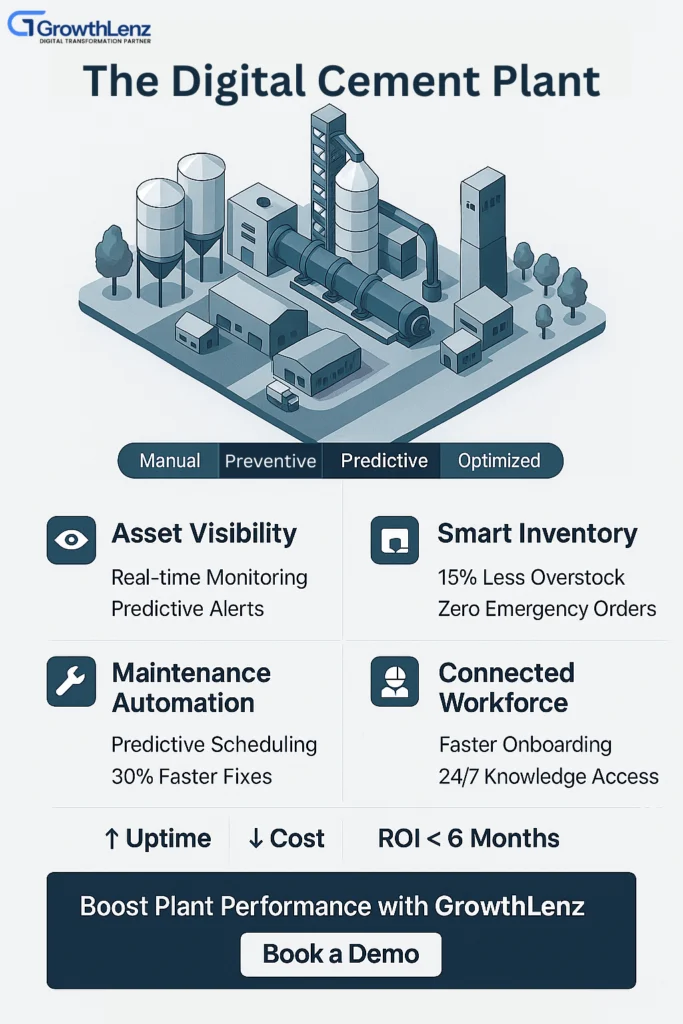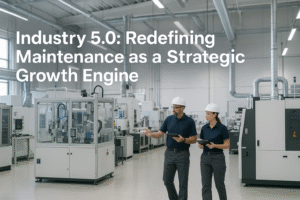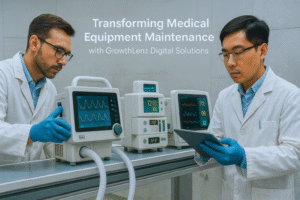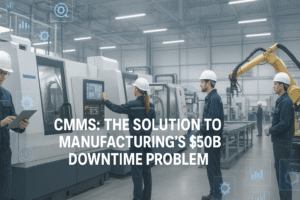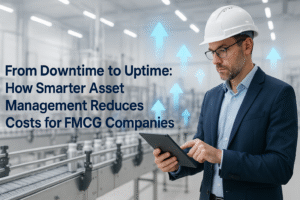In the cement industry, every hour of unplanned downtime can result in revenue losses ranging from $12,000 to $25,000, depending on the size and scale of operations. Yet many cement plants continue to rely on manual processes, scattered asset data, and reactive maintenance strategies. This makes a strong case for adopting Digital Asset Life Cycle Management in cement plants to improve visibility, reduce downtime, and unlock operational efficiency.
This needs to change. And it starts with digitizing the asset life cycle.
The Real Cost of “Invisible” Assets
Most cement plants operate with large, aging equipment—kilns, mills, crushers, conveyors—all of which require constant oversight. Yet, plant teams often lack a complete, real-time view of:
- What assets are installed where
- Which parts are critical vs. non-critical
- What’s in inventory (and what’s not)
- When a part was last serviced or replaced
This lack of visibility leads to inefficiencies, excess inventory, or worse—emergency shutdowns that disrupt production and eat into margins.
Inventorisation: The First Step Toward Control
Smart inventorisation is no longer just an MRO best practice—it’s a strategic lever for performance. By digitally mapping every asset and linking it with the right spare parts and BOMs (Bill of Materials), cement plants can:
- Reduce excess inventory by 10–15%
- Eliminate stockouts of critical parts
- Improve supplier negotiations with data-backed reorder patterns
When combined with predictive analytics, spare part usage and lead times can be optimized to match asset condition and projected failure risks—not just arbitrary time intervals.
From Reactive to Predictive: The Role of Digital Asset Life Cycle Management in Cement Plants
Traditional preventive maintenance helps, but it’s often time-based and doesn’t account for actual asset usage, condition, or load.
GrowthLenz helps cement plants shift toward predictive and condition-based maintenance by integrating real-time data from assets, usage logs, and service history. This unlocks:
- Up to 25% increase in equipment uptime
- 20–30% reduction in maintenance costs
- Fewer emergency breakdowns and rush orders
- Better planning and technician productivity
Our intelligent maintenance engine ensures that service is triggered when needed—not too early, not too late.
Results Cement Plants Can Expect
Plants that have adopted a digital asset life cycle approach with GrowthLenz have seen tangible results within months:
- 30% faster response to asset issues
- Significant drop in unplanned shutdowns
- Higher availability and reliability across the installed base
- Greater ROI on capital assets
This transformation isn’t just operational—it’s strategic. It allows plant leaders to take informed decisions, reallocate budgets more effectively, and scale improvements across units.
The Bottom Line
Cement manufacturing is capital-intensive and margin-sensitive. The difference between a plant that breaks even and one that thrives often comes down to how well it manages its assets.
GrowthLenz empowers cement plants to see, manage, and optimize every stage of the asset life cycle—from inventorisation to intelligent maintenance.
Ready to move from firefighting to foresight?
Let’s talk about how you can reduce downtime, cut maintenance costs, and improve reliability—starting today.
Contact us at www.growthlenz.com or message us here on LinkedIn to schedule a quick walkthrough.
